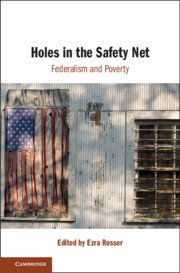New Article: Zachary D. Liscow, Are Court Orders Responsible for the ‘Return to the Central City’? The Consequence of School Finance Litigation, SSRN Jan. 2015. Abstract below:
Central cities’ populations have rebounded over the last few decades, but scholars are unsure why. I propose and offer econometric evidence for a novel hypothesis — legal changes have driven central cities’ resurgence. In particular, state fiscal aid for schools in poor cities, mandated by state courts, has made poor cities more desirable places to live by improving their schools and reducing their taxes.
I test my hypothesis by taking advantage of the natural experiment resulting from the dramatic increase in transfers to some states’ poor cities in response to court-ordered school finance equalization, using Census data on over 20,000 cities and towns. The key threats to accurate measurement are that poor places may have grown differently than rich places in the absence of school finance redistribution, and places in high-redistribution states may have grown differently than places in low-redistribution states. To address these concerns, I use a continuous version of the “difference-in-difference-in-differences” econometric technique. The results show that redistribution had a large effect on urban population growth between 1980 and 2010, explaining about one-third of the “return to the central city.” I then conduct a case study on the local finances of Connecticut, and find that the state transfers for education led to tax reductions, as well as the intended increases in education spending.
Finally, the paper suggests two reasons that state aid to poor places may be not only equitable but also efficient. First, financing schools locally discourages people from living in poor cities by requiring that their residents pay for the costs of providing services to the cities’ poor. The results show that the location choices of many people are affected by this local financing, suggesting that its efficiency costs may be large. Second, the paper shows that school finance redistribution promotes the positive externalities associated with central city living. These arguments could be used in future legislative debates or litigation to support more school finance redistribution.





